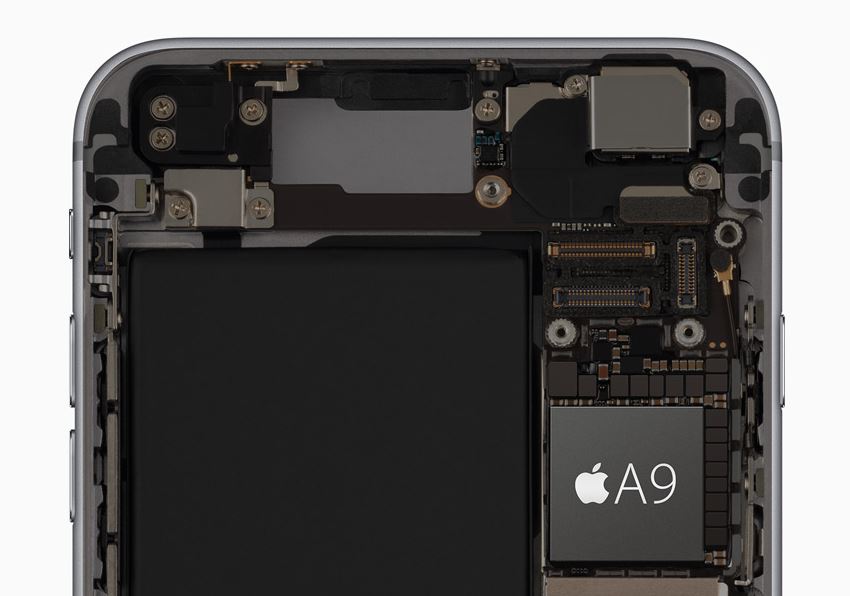
Apple pays an estimated $234 for components with every iPhone 6s it builds. More than half of that is thought to go into semiconductors, including the third-generation A9 processor, which makes Apple’s latest iPhones up to 70 percent faster than their predecessors.
Around $127 goes on semiconductors, according to Bank of America’s Merrill Lynch. $36 of that is spent on the iPhone’s various cellular radios, $22 is spent on various sensors — including the Touch ID scanner and NFC — and $20 is spent on 64GB of flash storage.
The new A9 chip costs Apple $25, Lynch estimates. Other important components — including the camera, display, and battery — cost around $73. The rest of the iPhone 6s, including its new 7000 Series aluminum case, costs about $33.
Apple charges $749 for a 64GB iPhone 6s off-contract, which means the Cupertino company is making a gross profit of $515 on each unit.
However, it should be noted that this is the cost of components only, and does not include other costs arising from assembly, distribution, marketing, software development, and the other things that go into designing, manufacturing, and selling an iPhone.

Older iPhones are cheaper to produce, of course, because component costs come down over time. This is why Apple can now sell last year’s iPhone 6 and iPhone 6 Plus at a big discount and still make a very decent profit on them.
An IHS report from last September estimated that the iPhone 6 and 6 Plus cost between $200 and $263 in components and manufacturing — however, these costs will almost certainly have fallen over the last 12 months.
As visualized in the chart above from Business Insider, last year’s iPhone 6 Plus now costs around $222.80 in components, while the iPhone 6 costs around $205.80. The iPhone 5s, which is now the cheapest model in Apple’s lineup, costs around $181.70.